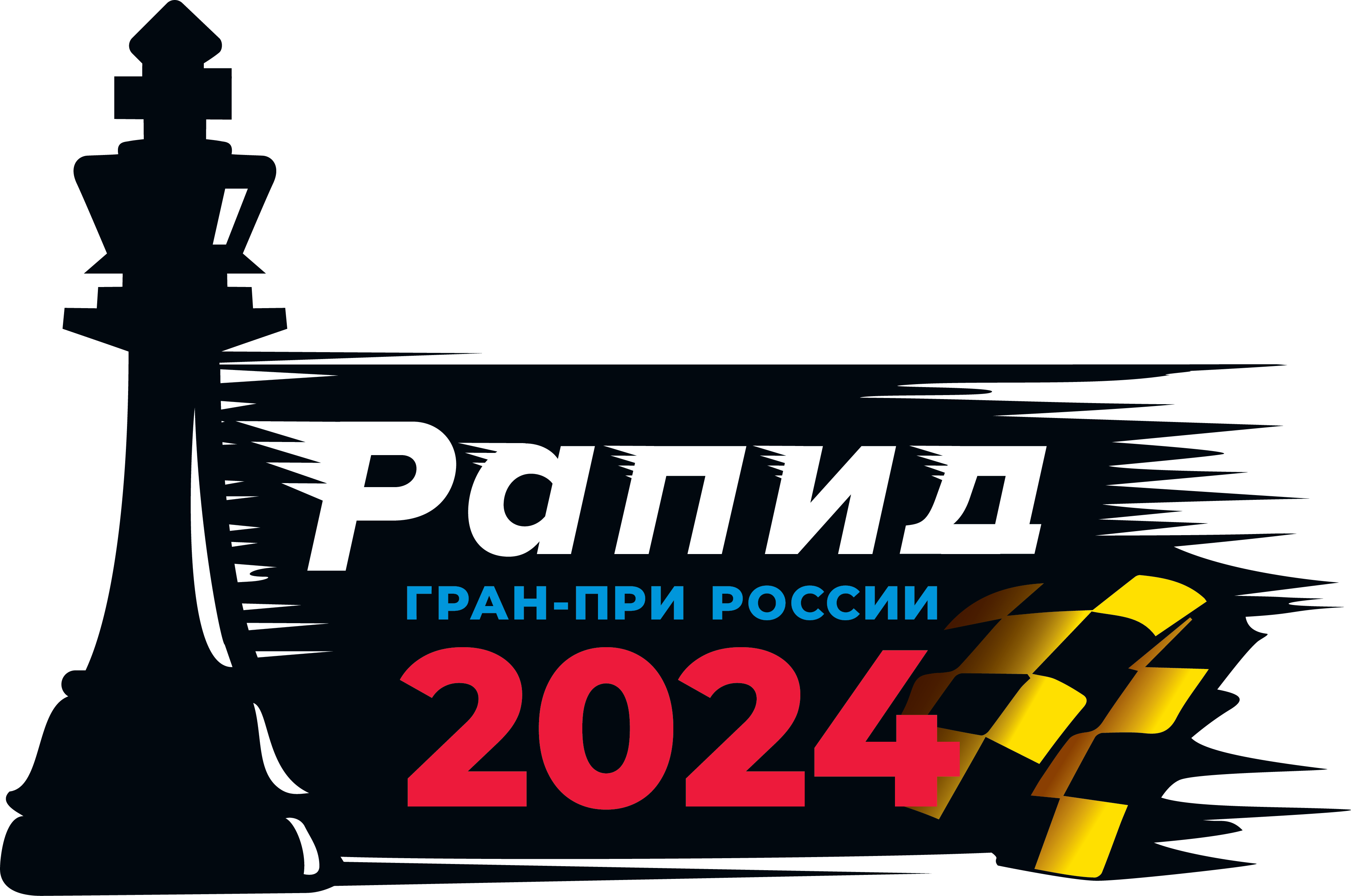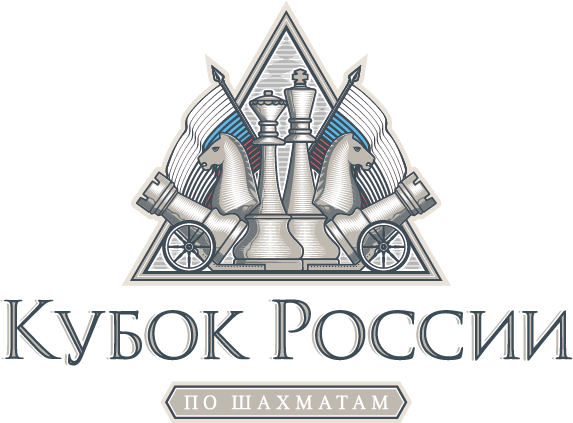Emil Sutovsky: Balance is Always Needed
FIDE CEO and the Director of the World Championship Match gave an interview to Keti Tsatsalashvili
- Emil, we are reaching halfway of the match. As the main person responsible for this event, are you satisfied with how things are going so far?
- Yes, I am satisfied with the way it’s going, it’s an extremely exciting event. We see a lot of tension, a lot of drama unfolding on the chessboard. Not only because of the number of decisive games, which is extremely high, 4 out of 6, but also the way they play, the whole situation, it’s a very open fight. Even the draws: I always claimed that draws per se can also be exciting, and the draws here were very interesting. I can see even people who were not intending to follow this match follow it now very, very closely, and we heard from the top players like Aronian, and Giri, and so on, praising the level… Not necessarily the chess level, but the level of the entire chess drama, because the World Championship match is about the event, not necessarily the quality of standalone games. Because if you think about it, they could play these great games in other tournaments, but it’s the very essence of it, it’s the World Championship match, it’s a unique event.
- What qualities would you highlight from Astana as the host city for the World Championship match?
- I think Kazakhstan is one of the best places to host such a match. First of all, because of the participants – it is ideally situated between the countries the players come from. It’s also very convenient from a time-zone perspective for fans from these countries. But otherwise, I’d single out thriving chess life in the country, you know, they have a very strong women’s team, very strong junior players, and there are a lot of kids starting chess, either in chess schools or public schools, and we see a lot of interest for the event. I think it’s good to have a world championship here. It’s not our first major event in Kazakhstan, we staged World Rapid and Blitz here, then Women’s Grand Prix, I think we’re going to have more events in Kazakhstan as well in the future. In general, I’m very happy with the level of organisation here, and the way it is taken by the local public.
- From fans to the top players – everyone has different opinions on how the world chess championship title should be decided. Fast time control, more games, different qualification paths… How does the FIDE leadership cope with all that contradictory input?
- You know, in the chess world people traditionally have different opinions about the best format. Whether it’s about a qualifier or the match itself… I’m quite proud that we are in constant touch with all the top players, not only the world champion or challenger. It’s very important to hear from top players, what their opinion is, but also how it works along with the tradition, because it’s very important, you know, not to try to rush things artificially, to see how it’s possible to improve, but not necessarily to change overnight. I think that the World Championship match is one thing which retains its very high level, very high prestige, and no wonder that we have been managing to secure very high funding for the world championship cycle altogether, not only the World Championship match.
So we will keep polling players, we will keep considering inside FIDE as well what are their options, but I think so far we are managing quite well to monitor what changes might be needed and to adjust here and there. As you know, we changed the format from 12 games to 14, we increased the prize fund, from 1 million to 2 million, and in general, I think we will keep doing this job.
- There was a rest day after the 6th game, and there will be another one after the 7th game. Can you please explain this? Why are there so many rest days?
- Well, the logic behind the rest days after game 6 and also after game 7 is two-fold. One is the fact that they typically play two games – rest day – two games – rest day, which leads to a situation where a certain player always has White, or always has Black, on the day after the rest day, so this means that the player can prepare particularly for one colour. We didn’t know in advance who would that be, but this balance thing was noted quite a few times before, I remember Kasparov (listed as a foreign agent in Russia) complaining about that during the match with Kramnik in 2000. And it’s really becoming an issue. We didn’t expect it to be that much of an issue, especially if you notice that both players are having problems facing Black, so it’s a bit more unfair if one player has this advantage or disadvantage. So it would be balanced now.
And the second point is that we wanted the final game and the possible tie-break on Saturday and Sunday, which is where the most audience is. We eliminated the rest day there, so we don’t play like Friday, game 14, then day off, and then tie-break. We play game 14 on Saturday, and then, on Sunday, we play a tie-break, if needed. So the actual number of rest days wasn’t increased, only their allocation changed. We put it in the middle, for reversing colours, but not for reversing the days to prepare, as well as to secure the exciting weekend of top-level chess.
- A novelty in this match has been the cameras in the players’ rest lounge. Most of the feedback was positive, but there was also a bit of controversy. After six games, was there a balance?
- I think, of course, if the players would have spent twenty minutes in the lounge, like what happened on the first day, it would be too much, now I think the situation is not as dramatic, so it’s not a great problem. I see the reason why some people weren’t happy, and indeed you need some sort of action, and it’s not good when in a sporting event you have no players at the table for 15 or 20 minutes. So we actually think about how to balance it – maybe to limit the number of minutes or reasons why players can be absent and not be at the table, just staying in their room. Obviously, there may be other reasons why they need to be out. But typically we do not expect the player to sit in his lounge and think over his moves, just watching on the monitor, it’s not good, but we see that it doesn’t happen a lot. So there was some issue, but I would say it was rather minor.

- What other changes can we expect in the world championship cycle in the near future?
- Changes are always discussed, you know. We even haven’t formalised the system for time control for the Candidates 2024. But there’s one change I can tell you about: the Candidates 2024 and Women’s Candidates 2024 will be played together in Toronto, Canada, in April 2024. I think it’s going to be exciting. Once again, it’s always a matter which we tackle very responsibly, because, you know, it’s very simple to take and approve some new regulations, but we never do it without consulting players, before reviewing the situation. We’ve seen now, at least for the World Championship match, that the audience like what they see. All these talks which were there previously, you know, a classical match is boring, too many draws and so on, this simply doesn’t materialise. And I always said that even if you refer to the Carlsen – Caruana match, which was all draws, some games, or even most games, were pretty exciting. Here, we see it even more. So it’s not like we claim that there has to be one way, but I would say that one, two, some events which may have been not as attractive are not the reason to ditch the whole system, tradition and so on.
So we’ll always need to keep this balance. I think with the World Championship match, we will obviously listen to suggestions from the top players, including Magnus as well, but we will not rush with the decisions that need careful review, because changing something in a big way – not altering 12 games to 14, but changing the format – requires proper consideration, what impact would it have. We need to try and envisage. It’s also not clear if we have to go necessarily with a, let’s say, new modern trend, or we have to be contrarians and stick to something that made chess great. So I think it’s always about balance. Never just stick to something because it’s a tradition, but also never follow the trend because it’s a trend.
- Emil, you mentioned the women’s chess tournaments. Up next is the Women’s World Championship match, which will be split between two largest cities in the world. How to make use of such an opportunity?
The Women’s World Championship match will take place in July. It will be played in the two biggest cities of China, Shanghai and Chongqing, I think it’s going to be an exciting match. Of course, for the outside world, the fact that both players are Chinese may play a role, and, let’s say, if you are cheering for your country’s women, it’s different, right? But I think it’s still going to be an exciting event, not only because both players have proven to be great players and reached there. I think in general we have to… If we are serious about changing the attitude, we have to promote the women’s event as well, not say “Okay, it’s in China, only the Chinese will be excited and nobody else will be.” So, as FIDE, it’s our responsibility to start promoting the event. We’re already working together with the Chinese Chess Association to make it better and to promote it in advance, to have a dedicated broadcast starting to work already from now, with all the related activities, and I think it’s going to be an event which will attract a lot of hype, and not only in China.
In particular, I think that we have to do… We have come a long way since five years ago, when we started this work in increasing prizes for women’s competitions and making more tournaments, and we will keep doing that. We’re happy to notice the awareness of many countries and federations who wished to host the Women’s Grand Prix series, so for the next year, 2024–25, we basically have the four organisers secured, which never happened in past. We realised at the last moment. So we have it basically secured at this point. And in general, we could do more and we are doing more, but we expect people to appreciate the fact that woman chess players deserve maybe more attention, more following. We are also going to work with woman players themselves because what we see is that we need more role models to be publicly visible, maybe as public figures to give more interviews, streaming, maybe telling more about their life: how they prepare for the tournaments, how their career goes. Because nowadays you know a lot about top players, you know about Magnus, you know about Ian. But you wouldn’t know a lot about half of the top woman players, and that should be changed. And we are currently walking in this direction.
- Thank you very much.
Photo by Anna Shtourman























